ShaRA are an astrophotography team responsible for producing deep sky images like this:
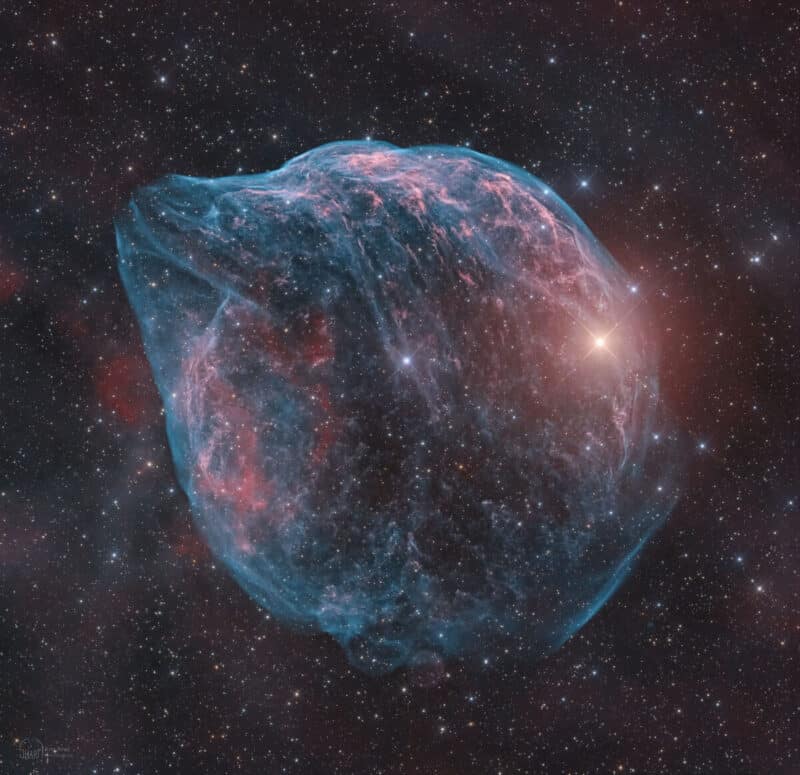
We spoke to its founder, Alessandro Ravagnin, to understand what ShaRA is, how it works, and how others can get involved.
What is ShaRA?
ShaRA (Shared Remote Astrophotography) is a remote astrophotography project that I founded two years ago.
The idea behind ShaRA is to bring together a community of passionate astrophotographers who share a love for capturing the beauty of the cosmos.
By utilizing remote observatories, we are able to take high-quality images of celestial objects from locations with optimal sky conditions, even if we are physically far from them.
The name “ShaRA” reflects our goal of sharing this passion and making the wonders of the universe accessible to everyone.
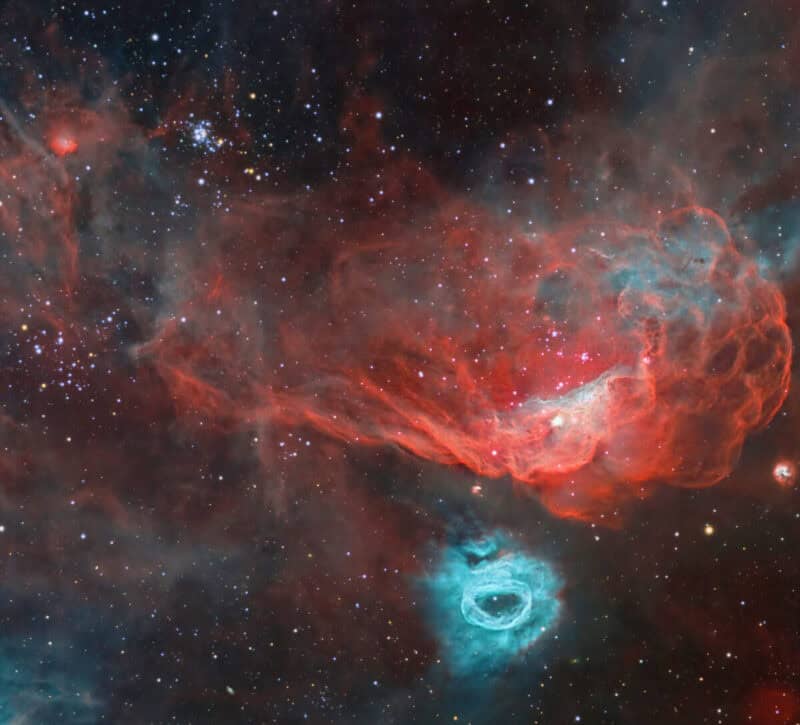
“We believe that the beauty of the universe should be shared with everyone, and we strive to make our work and knowledge as inclusive and educational as possible.”
Who is involved?
ShaRA started as a personal project, but it quickly grew into a collaborative effort.
Today, the team consists of astrophotography enthusiasts from different parts of the world, each bringing their unique skills and perspectives.
Some members specialize in image processing, while others focus on the technical aspects of operating remote telescopes.
We also have contributors who help with research, outreach, and community engagement.
It’s a truly international effort, and we all share a common passion for the stars.
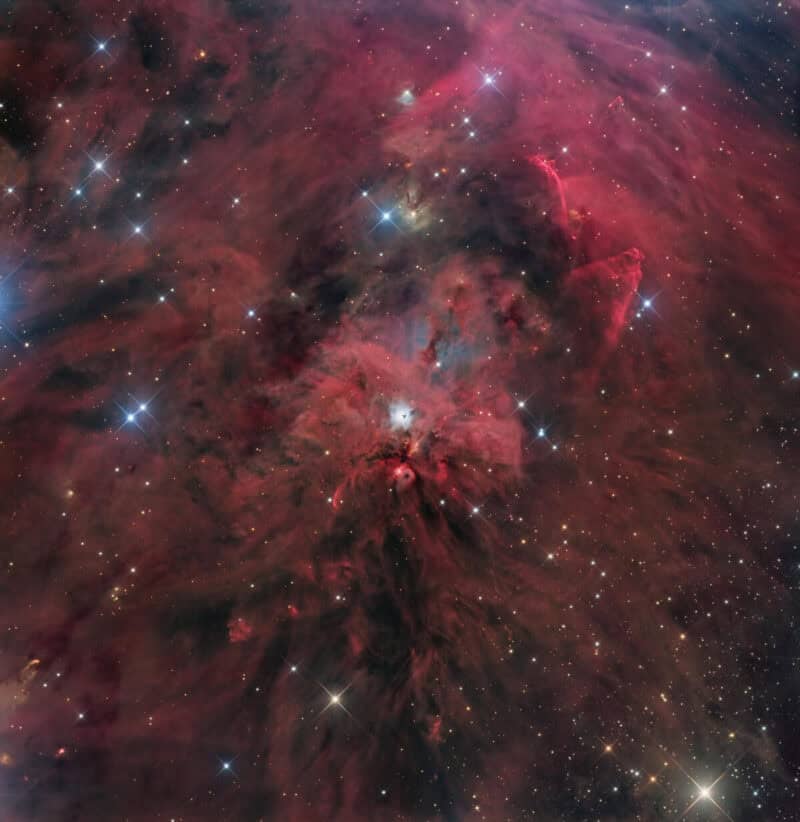
“An important aspect of our work is that we share the costs of renting remote telescopes, which makes the project more accessible for everyone involved.”
What do you do?
At ShaRA, we focus on capturing stunning images of deep-sky objects, such as galaxies, nebulae, and star clusters.
We use remote telescopes located in areas with clear, dark skies, which allows us to overcome the limitations of light pollution and weather conditions in our home locations.
In addition to photography, we also share our knowledge and experience with the wider community, offering tutorials, workshops, and tips for both beginners and experienced astrophotographers.
An important aspect of our work is that we share the costs of renting remote telescopes, which makes the project more accessible for everyone involved.
This is particularly crucial for high-end equipment like the big RC1000 telescope, which is quite expensive and typically out of reach for the average astrophotography enthusiast.
By pooling our resources, we can take advantage of this advanced technology and achieve results that would be difficult to attain on our own.
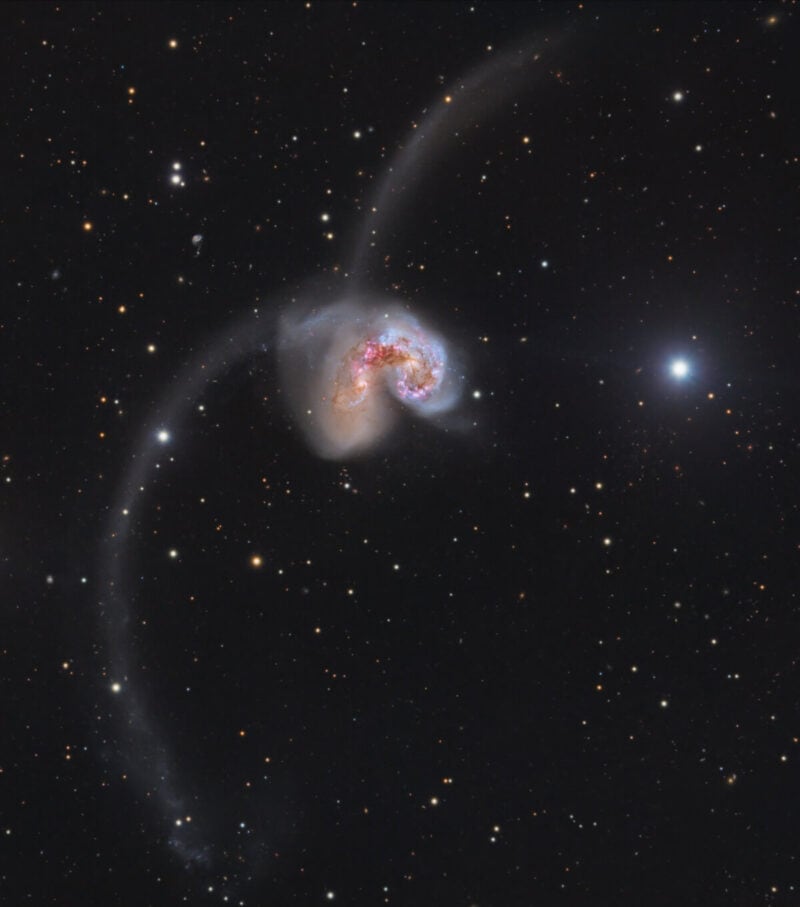
“We use remote telescopes located in areas with clear, dark skies, which allows us to overcome the limitations of light pollution and weather conditions in our home locations.”
How do you work together?
We collaborate primarily online through various platforms (WhatsApp, Google Forms, Google Drive, Microsoft Excel).
Communication is key, so we have regular chat groups, and project management tools that help us stay coordinated.
Each member takes on different responsibilities based on their strengths—the coordinator manages the remote telescopes renting, the members handle the image processing, and others work on content creation or community engagement.
Despite being physically apart, we work as a cohesive unit by keeping open lines of communication and supporting each other’s efforts.
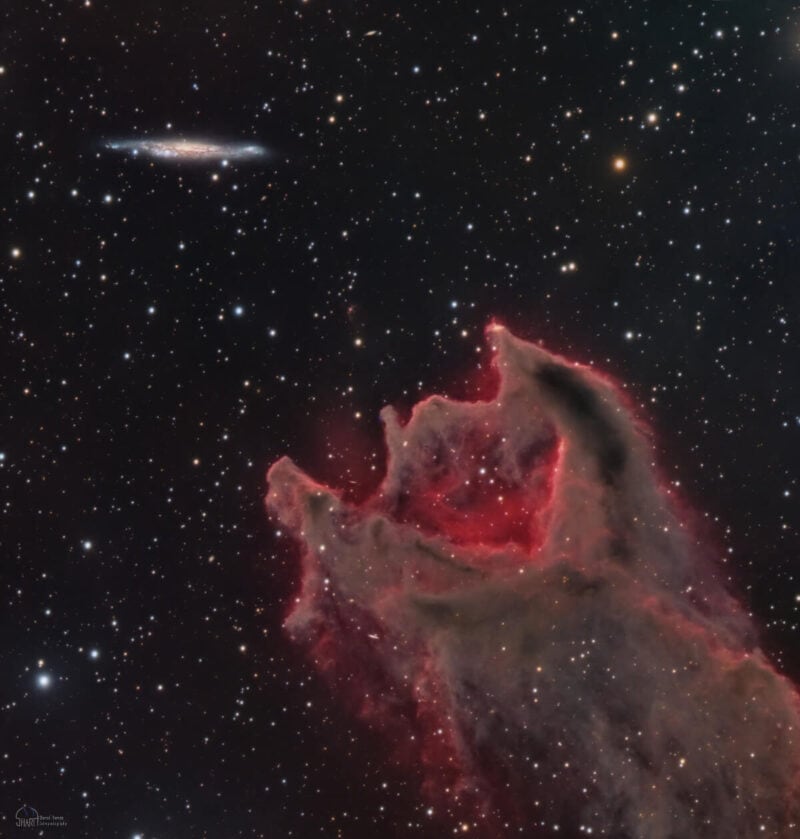
“One of our proudest accomplishments was reaching the final round of the Astrophotographer of the Year competition with our image “The Galaxy Devourer”.”
What have you achieved so far?
Since ShaRA’s inception, we have achieved several significant milestones.
One of our proudest accomplishments was reaching the final round, with our image “The Galaxy Devourer”, of the Astrophotographer of the Year competition at the Royal Greenwich Museum, which is one of the most prestigious recognitions in the field of astrophotography.
Additionally, our work has been featured in numerous astronomy magazines around the world, with some of our images even selected as photo of the month.
We’ve also received various Astronomy Picture of the Day awards on platforms like AAPOD2 and Astrobin (Top Picks & Image of the Day), which celebrate outstanding astrophotography.
Beyond these accolades, we were honored to participate in the Chianti Topics event in Florence a few months ago, where we had the opportunity to present our work and discuss the art and science of astrophotography with a broader audience of researchers and astronomers.
These achievements underscore our commitment to excellence and our passion for sharing the wonders of the universe with others.
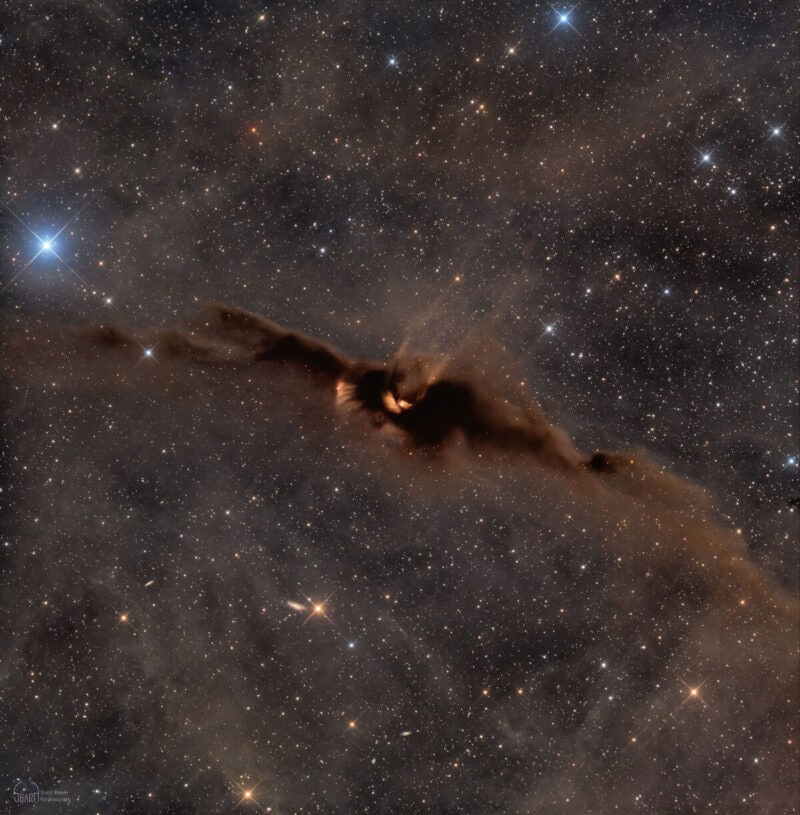
“After each team member processes the raw files, the results are shared anonymously within the group. Each participant then votes on the best images, without knowing who created them.”
What are the benefits of working as a team like this?
Working as a team allows us to combine our strengths and knowledge, leading to better results than we could achieve individually.
The collaborative environment fosters creativity, and we constantly learn from each other.
Additionally, having a team allows us to tackle more ambitious projects that would be difficult to manage alone.
Whether it’s creating digital contents, processing complex images, or solving technical challenges, having a diverse group of people working together makes the whole process more efficient and enjoyable.
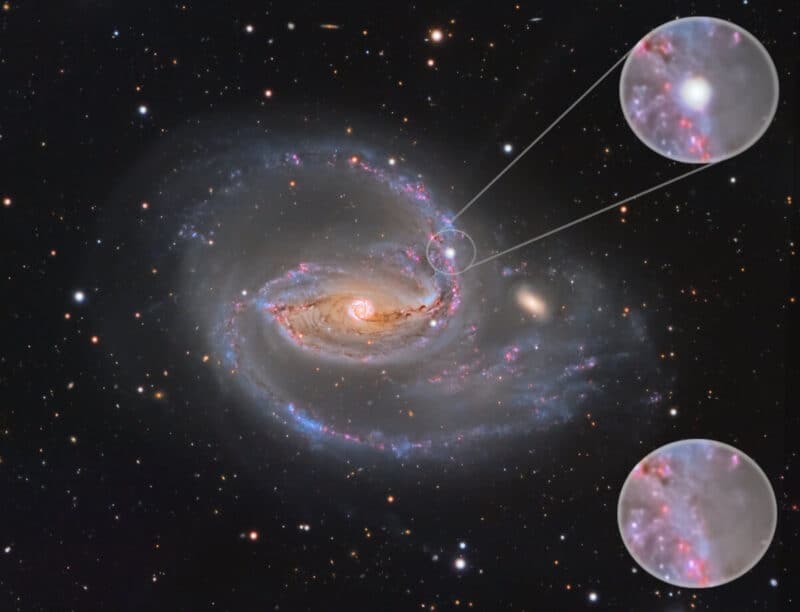
“Choosing the right targets for observation, planning the observation schedules, and handling various technical aspects can all be more challenging when multiple opinions and ideas are involved.”
What are the challenges compared to working alone?
Working as a team certainly presents more complexity when it comes to decision-making.
For example, choosing the right targets for observation, planning the observation schedules, and handling various technical aspects can all be more challenging when multiple opinions and ideas are involved. It requires a lot of coordination and compromise.
However, the value of pooling our collective knowledge and skills far outweighs these challenges.
We’ve found that using democratic decision-making processes, such as voting on key decisions via platforms like Google Forms, helps streamline the process and ensures that everyone’s voice is heard.
This approach not only makes the decision-making more efficient but also adds an element of fun to our work, as we get to collaborate closely and see how different perspectives shape our projects.
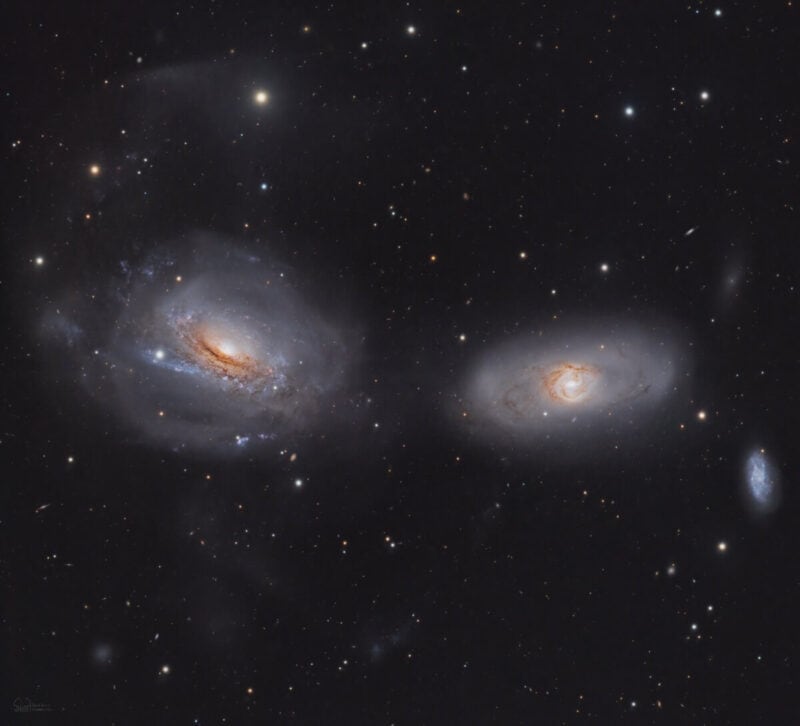
“Having a team allows us to tackle more ambitious projects that would be difficult to manage alone.”
Can others get involved?
Absolutely! ShaRA is always open to new members who share our passion for astrophotography.
Whether you are a beginner or an experienced photographer, there are many ways to get involved.
We offer opportunities for collaboration on imaging projects, as well as ways to contribute to our educational and outreach efforts.
Anyone interested can reach out through our website or social media channels.
However, we limit the group to around 20 participants to keep the operational management of the various projects under control.
This is especially important for the final superstack, which is the true “output” of each ShaRA project.
Managing this process with too many people involved would become too complex, so keeping the team at a manageable size ensures that we can maintain our high standards and work efficiently.
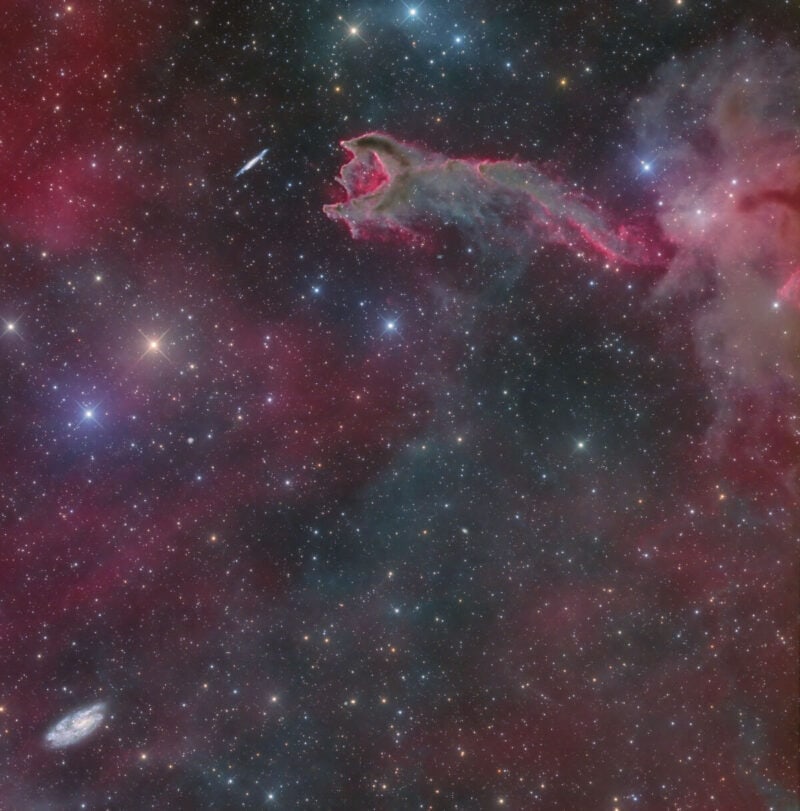
“We’ve found that using democratic decision-making processes, such as voting on key decisions helps streamline the process and ensures that everyone’s voice is heard.”
Are there other astrophotography teams like you?
Yes, there are other astrophotography teams and communities around the world, each with their own focus and style.
Some are more centered on scientific research, while others prioritize the artistic aspects of astrophotography.
What sets ShaRA apart is our emphasis on accessibility and collaboration.
We believe that the beauty of the universe should be shared with everyone, and we strive to make our work and knowledge as inclusive and educational as possible.
A unique aspect of ShaRA is our superstack process, which truly embodies the collaborative spirit of our project:
- After each team member processes the raw files, the results are shared anonymously within the group.
- Each participant then votes on the best images, without knowing who created them.
- The top images are combined using a weighted formula with the PixelMath tool in PixInsight.
This approach allows us to create a final image that represents the contributions of all participants, blending their individual strengths into a collective masterpiece.
It’s a process that reinforces our commitment to teamwork and the shared passion that drives ShaRA.
“ShaRA is always open to new members who share our passion for astrophotography. Whether you are a beginner or an experienced photographer, there are many ways to get involved.”
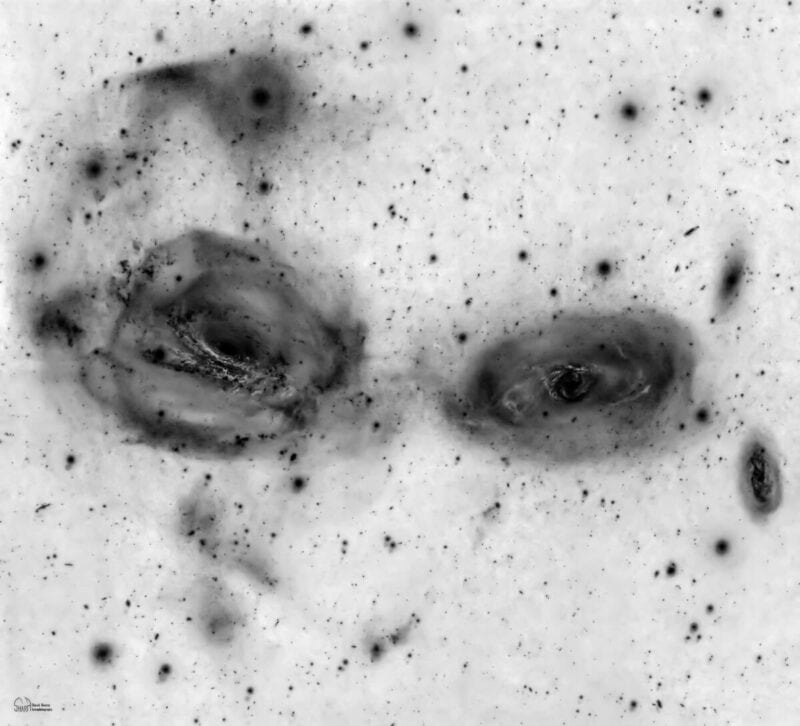
Where can people follow ShaRA?
People can follow ShaRA on our website, where we post our latest images, tutorials, and project updates.
We are also active on social media platforms like Instagram, and Facebook, where we share our work and engage with the community. You can find us by searching for “ShaRA Astrophotography” on these platforms.
Lastly, you can find our work also on Astrobin.
For those who want to dive deeper into our projects, you can also follow us in the Italian astronomy magazine Coelum, where we have a regular column in every issue.
In this column, we share updates on all our projects, highlight key achievements, and offer insights into our astrophotography techniques. It’s a great way to stay connected with what we’re doing and to learn more about the art and science behind our images.
You can also follow Alessandro Ravagnin on Facebook, Instagram and YouTube.
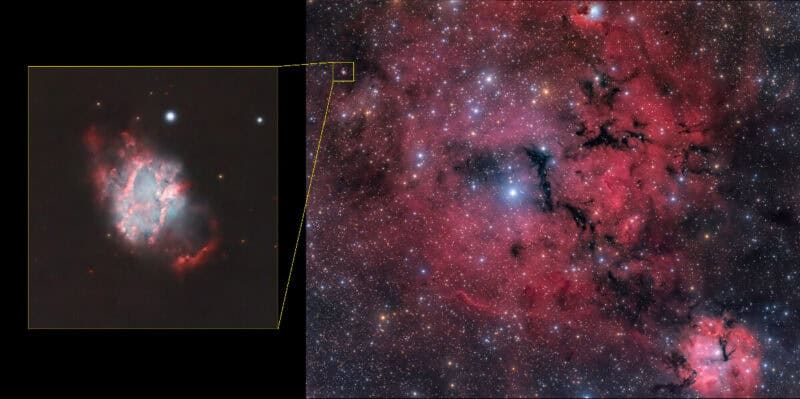
Related Content
- Astronomy Photographer of the Year Equipment Analysis
- Astronomy Photographer of the Year 2024 Shortlisted Images
- Alessandro Ravagnin: Deep Sky & Planetary Astrophotography
- Vikas Chander: How I Create Award-Winning Astrophotography Images
- Jonathan Lodge: How to Excel with Remote Astrophotography
- Harshwardhan Pathak: Using Telescope Live for Deep Sky Imaging
- Sergio Díaz Ruiz: How To Create Astro Images With Public Data
- Other Astrophotographer Interviews and Case Studies


